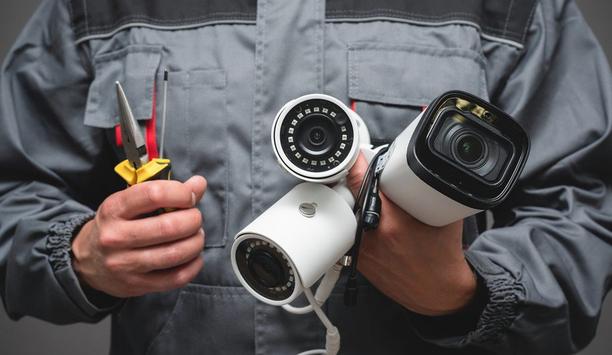The company (who requested anonymity) required a solution of reliable RFID badge readers that could securely and directly connect to numerous assembly line PLCs, with no other software interfaces required.
This company is among the world’s largest medium- and heavy-duty trucks manufacturers, with well-known brands. One of the ways the company manages quality on its assembly lines is through employee RFID badges that capture who was at a given station, when an engine was built.
The employee scans in at the start of the operation and again when the operation is completed. In the event of quality, cycle-time or another issue, the issue can be associated with a specific employee, station, date and time. The supervisor is then able to inform the employee for corrective measures.
Project to upgrade Programmable Logic Controllers (PLCs)
The company was going through a project to upgrade all the PLCs in the plant
The company was going through a project to upgrade all the Programmable Logic Controllers (PLCs) in the plant. The old system used a serial RFID badge reader and could not connect directly to the PLCs.
Because of this disconnect, the employee badge information had first to be sent to a PC. The PC would then report that badge information to the Manufacturing Execution System (MES), and the MES would send the badge information back down to the PLCs.
Software issues
The complexity of the old system created multiple points of failure. While the badge readers themselves would occasionally fail, the more significant issue was the software. These numerous software interfaces would sometimes have hiccups due to Windows issues, which would require PC reboots, resulting in downtime on the line.
So, a primary objective of the new PLC upgrade project was to find a way to directly connect the badge readers to the PLC, with no other software interfaces.
ELATEC badge readers proposed
The supplier of the old badges proposed licensing software that would programme the readers and work with the system, but it was too costly, and the process was slow-moving. However, they also proposed ELATEC badge readers.
In contacting ELATEC directly, the company discovered the TWN4 MultiTech 2-PI reader and the TCP3 Converter
In contacting ELATEC directly, the company discovered the TWN4 MultiTech 2-PI reader and the TCP3 Converter, which would take the TWN4 badge reader information and convert it to a TCP/IP message, and connect to the PLC with no other interfaces.
The combined TWN4 reader and the TCP3 Converter would also enable the company to programme their badges - write the employee numbers to a new memory location on the badge. And, it would ensure a secured message between the TCP3 and the PLC, a corporate IT requirement.
ELATEC TWN4 MultiTech 2-PI reader
A powerful, flexible RFID reader/writer that can simultaneously read 60+ card technologies and is certified in up to 110 countries (for TWN4 MultiTech 2 BLE programmability)
The company implemented a new PLC system, including the TWN4 badge reader and TCP3 Converter solution, on over 90 different stations, connected to Siemens PLCs, on two of the company’s truck assembly lines. Some of the stations are automated robotic assembly stations, and others are manual, such as where an operator hand starts bolts or plugs in connectors.
Results
“ELATEC readers are much faster at reading the badge because of the TCP3s,” said a Controls Engineer, adding “They are on our network, so right from my desk I can go online with any of the readers and change the firmware."
He adds,"So, if someone needs their badge reprogrammed, I can quickly connect to that reader, put a different firmware on it, programme the badge and put the original firmware back on it, and it's back online. It's very convenient and user-friendly and just a really straightforward software application.”
Enhanced data recording
When we report that data to our MES system, we have the employee ID to associate a person with a process"
The Controls Engineer continues, “And, we're able to get a lot better data recording. With our new system and these badge readers as part of it, every process completed on an engine, whether it's a bolt run down, a scan of a part number or a picture that's taken, those processes get associated with an operator badge.”
He further adds, “So, when we report that data to our MES system, we have the employee ID to associate a person with a process. Before, 20 or 30 engines may have had the same quality issue, but we had no idea who ran that station and needed additional training. We don't have those issues now."
ELATEC TCP3 Converter
ELATEC TCP3 Converter is a small network appliance that enables user authentication and access control security for devices that lack a USB port.
Benefits
- Connect to PLCs with no other software interfaces required
- Multiple potential points of failure eliminated
- Networked reader firmware changeable online
- Processes get associated with an operator badge







